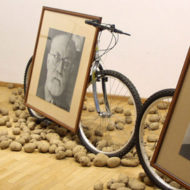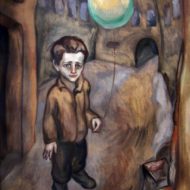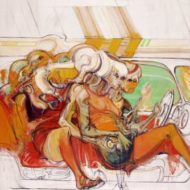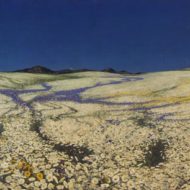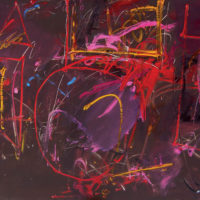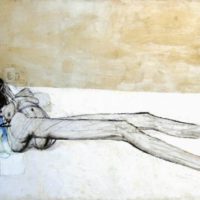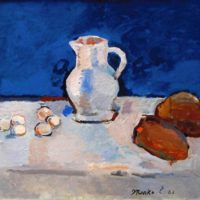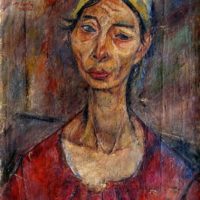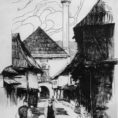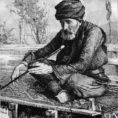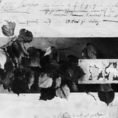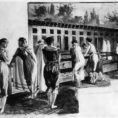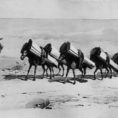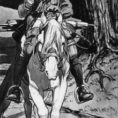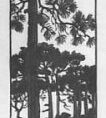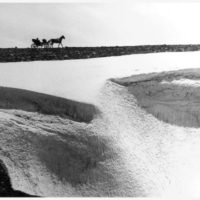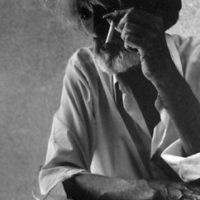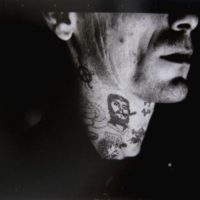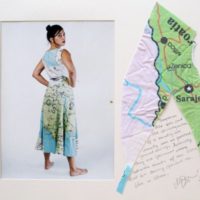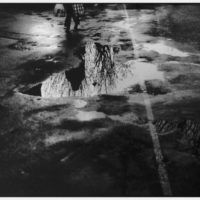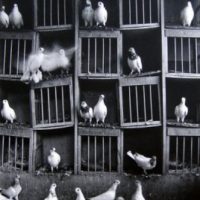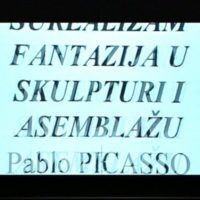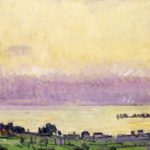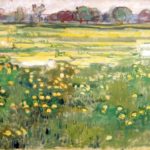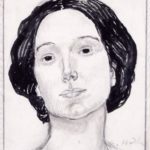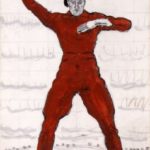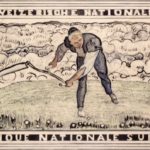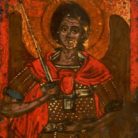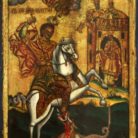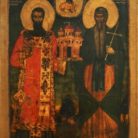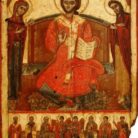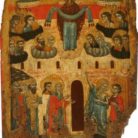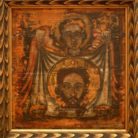Most of the National Gallery of B&H assets are the works of authors from Bosnia and Herzegovina. The collection is a result of centuries old tradition of collecting and keeping the works of art and dates back to the period when the collection was an integral part of the holdings of the National Museum of B&H. The Gallery is by far the best place for studying the development of fine arts of Bosnia and Herzegovina from their earliest days.
Today, the Gallery holds not only the works of all the well-known artists who worked in this part of the world, but has the monographs from almost all of the most significant ones, whose retrospective exhibitions, accompanied by their respective catalogues, were both organised and published by the Gallery. A vast majority of our collection is displayed within our permanent exhibitions. However, due to the lack of space, the rest of Gallery holdings can not be shown as permanent exhibits, but rather in thematic exhibitions we organise both in the country and abroad.

